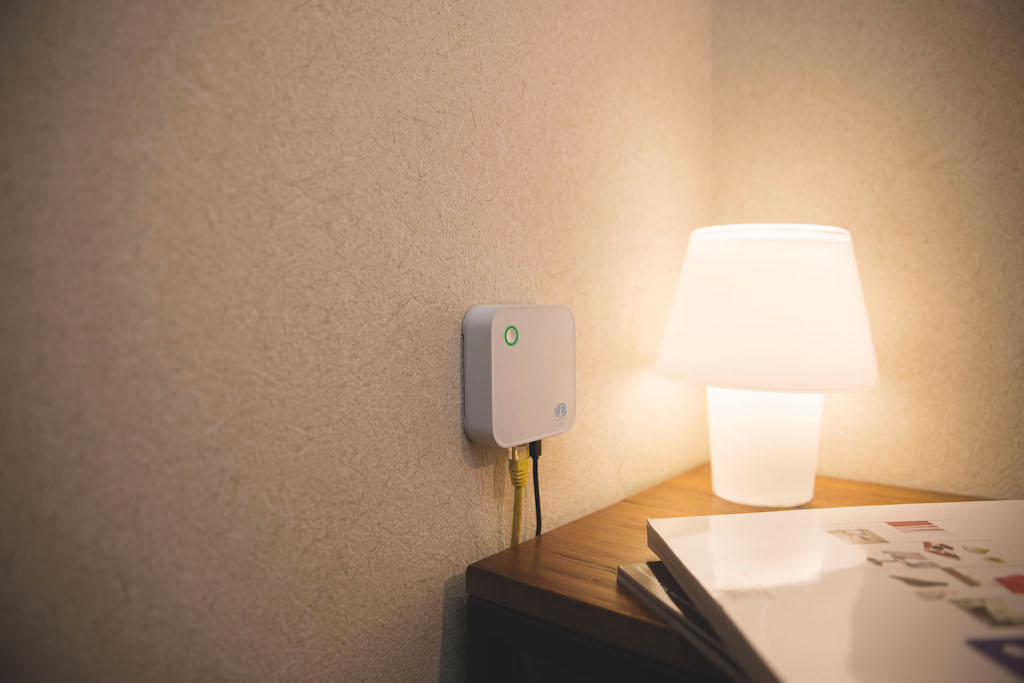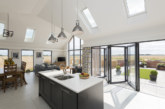After the rise of smart lighting systems, human centric lighting solutions are becoming increasingly popular amongst UK homeowners. In this feature, Glen Krise, Managing Director at Megaman discusses the benefits of the technology, and why such solutions should be specified by those building and designing properties.
As we move into 2021, it is clear that human centric lighting has become an important trend for the average home, as we all spend far more time in doors. The concept, which focuses on the visual and non-visual effects of lighting has been shown to improve the productivity and wellbeing of those in the vicinity. Within homes, human centric lighting can be used to increase comfort levels and create a more harmonious environment for natural sleep. With smart lighting systems readily available, it is now easier than ever to incorporate human centric products and programming into the average home.
As we emerge from a difficult year, more of us are getting used to spending prolonged periods in our own homes. Whilst there are some benefits to staying inside, it also limits our exposure to natural light. Over time, this can become problematic, especially as natural light plays an important role in a number of the body’s essential biological processes. In particular, natural light has been shown to affect an individual’s circadian rhythm – a natural, internal process that regulates the sleep-wake cycle. In environments with no natural light, circadian rhythms can become disrupted and end up affecting an individual’s ability to sleep at all.
That is why human centric lighting solutions are becoming increasingly popular as they can be used to positively influence health and wellbeing. For those specifying products for new-builds, the trend can’t be ignored, particularly as more of us prepare for another year of potential COVID-19 related restrictions and a workforce that is far more likely to continue in part – to work from home. Fortunately, the new technology has never been so accessible. A number of leading suppliers, including Megaman, have incorporated human centric lighting technology into existing smart lighting systems. For example, our INGENIUM® ZB smart lighting range can produce varying colour temperatures, mimicking daylight.
In many ways, human centric lighting solutions represent the latest generation of smart lighting systems. Since their inception, such systems have proven incredibly popular with British homeowners. In fact, research by Barclays Mortgages suggests that prospective UK home buyers are often willing to pay more for a house with a smart system already inbuilt, in some cases in excess of £10,000. This trend shows no sign of abating, with the smart lighting market expected to be worth around $38.68 billion globally by 2026. As such, for property developers and housebuilders, there is now a strong financial incentive to incorporate such solutions on new-builds.
What’s more, human centric lighting solutions, such as the ones supplied by Megaman, tend to be incredibly easy to incorporate into broader lighting systems. As the majority of these solutions are new to market, they benefit from the strong energy efficiency performance, which has been normalised in recent years. Much like the broader smart lighting systems they function within, human centric lighting solutions are able to provide a long-term, low-cost bills alternative to traditional lighting products. Once again, this creates another big incentive for prospective buyers and can also help housebuilders to meet the initial build requirements of influential standards, such as the Future Homes Standard.
Therefore, if you are looking to design popular properties in 2021, it is worthwhile incorporating human centric lighting solutions into your plans. As well as helping to provide more natural lighting performance, such smart solutions enable greater end-user control and can help to reduce energy bills. On top of all that, human centric lighting solutions are helping to make indoor environments more comfortable for the human body. In the current climate, with uncertainty still lingering over the expected end date of the ongoing pandemic, this benefit takes on a life of its own. Now more than ever, such solutions should be considered essential on any new-build project that wants to prioritise the health and wellbeing of its occupants.










